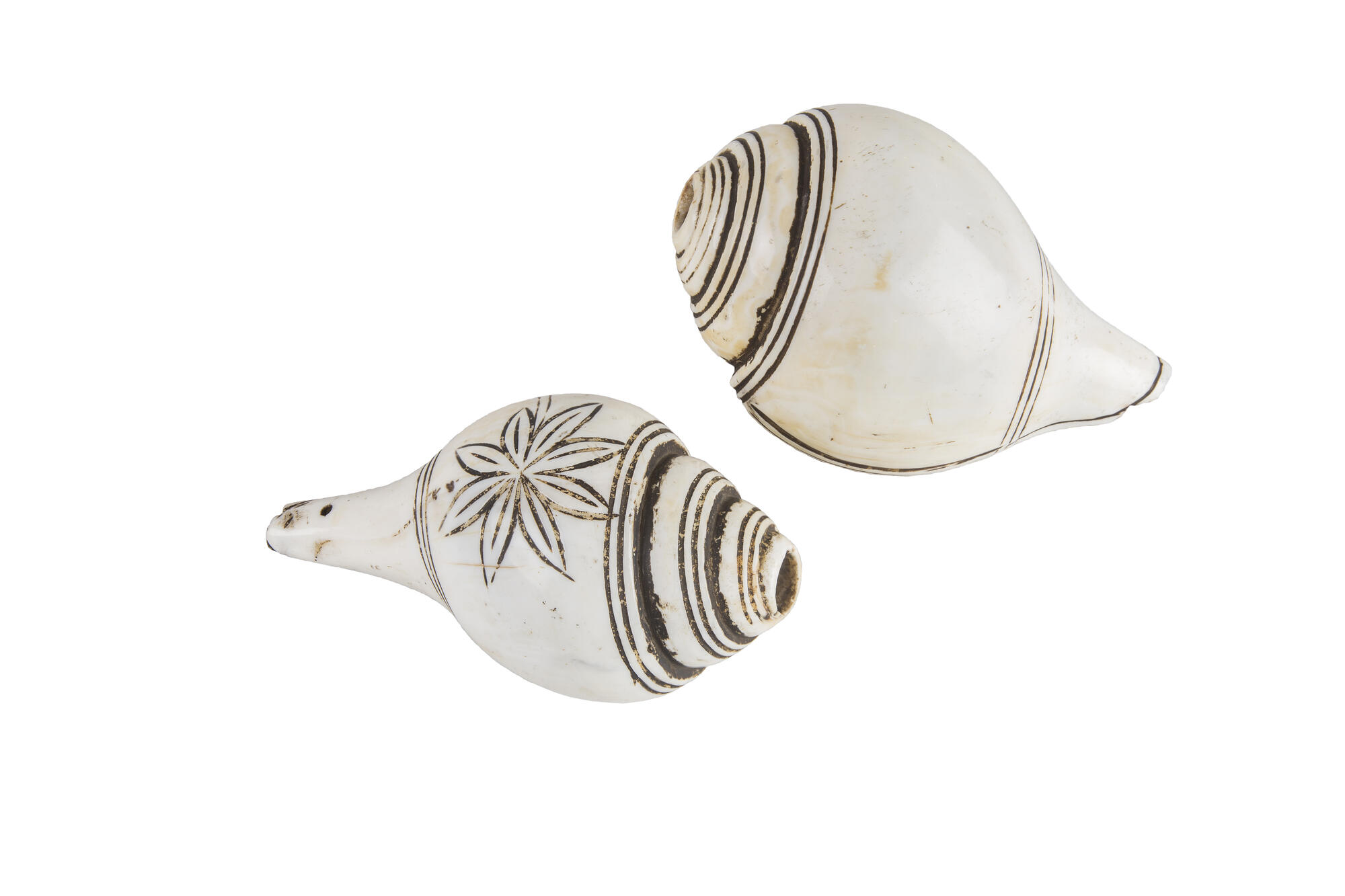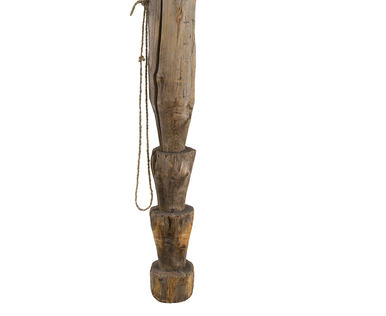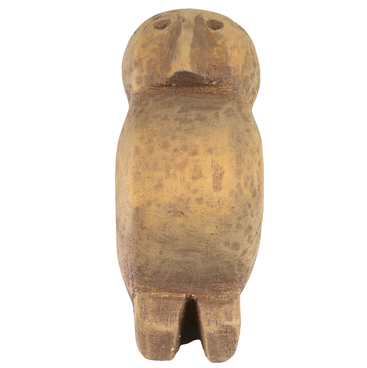The Transbaikal Regional Museum of Local Lore houses a shankha — a white seashell. It was used as a ritual object in Hinduism and Buddhism.
Shells of large mollusks were chosen for the shankhas. The exhibited item is 16.5 centimeters in length, and 10 centimeters in the width.
In Hinduism, the shankha symbolized the primal sound of “Nada-Brahma” — the sound of Brahma’s breath from which the Universe appeared. The seashell was an object of worship. Its image was associated with fertility, continuity of generations and continuation of life. In addition, the ritual object on Hindu icons was a mandatory attribute of Vishnu, the supreme deity.
Followers of Hinduism believed that the sacred seashell protected its owner from the evil eye, helped them fight demons and summoned divine powers. The shankha was used as a wind instrument in rituals: a low, loud sound opened and closed services in Hindu temples.
The sacred seashell was adopted by the early Buddhists from Hinduism. For them it symbolized the fearlessness of Buddha, who spread new spiritual teachings among the people. The shankha was one of 32 main attributes of his body and symbolized a deep, loud and sonorous voice.
Buddhists used the shell in rituals and depicted it on icons. During services, the shankha was filled with water with aromatic oils and other odorous substances: saffron, sandal, musk, camphor and muscat. In India, rose water was poured into the shell. Traditionally, it was taken from a natural spring. This duty was always performed by an unmarried girl of young age who had not yet entered into a serious relationship.
There were several ways of depicting the shell in Buddhist icons. It was indicated by three curved lines on the neck of Buddha, drawn in the left hand of a spiritual teacher or on an offering bowl, next to fruit. The shankha was depicted either vertically, often with a silk ribbon tied around it, or horizontally with sacred water inside — a pale blue spot with white tops resembling waves.
Shells of large mollusks were chosen for the shankhas. The exhibited item is 16.5 centimeters in length, and 10 centimeters in the width.
In Hinduism, the shankha symbolized the primal sound of “Nada-Brahma” — the sound of Brahma’s breath from which the Universe appeared. The seashell was an object of worship. Its image was associated with fertility, continuity of generations and continuation of life. In addition, the ritual object on Hindu icons was a mandatory attribute of Vishnu, the supreme deity.
Followers of Hinduism believed that the sacred seashell protected its owner from the evil eye, helped them fight demons and summoned divine powers. The shankha was used as a wind instrument in rituals: a low, loud sound opened and closed services in Hindu temples.
The sacred seashell was adopted by the early Buddhists from Hinduism. For them it symbolized the fearlessness of Buddha, who spread new spiritual teachings among the people. The shankha was one of 32 main attributes of his body and symbolized a deep, loud and sonorous voice.
Buddhists used the shell in rituals and depicted it on icons. During services, the shankha was filled with water with aromatic oils and other odorous substances: saffron, sandal, musk, camphor and muscat. In India, rose water was poured into the shell. Traditionally, it was taken from a natural spring. This duty was always performed by an unmarried girl of young age who had not yet entered into a serious relationship.
There were several ways of depicting the shell in Buddhist icons. It was indicated by three curved lines on the neck of Buddha, drawn in the left hand of a spiritual teacher or on an offering bowl, next to fruit. The shankha was depicted either vertically, often with a silk ribbon tied around it, or horizontally with sacred water inside — a pale blue spot with white tops resembling waves.



